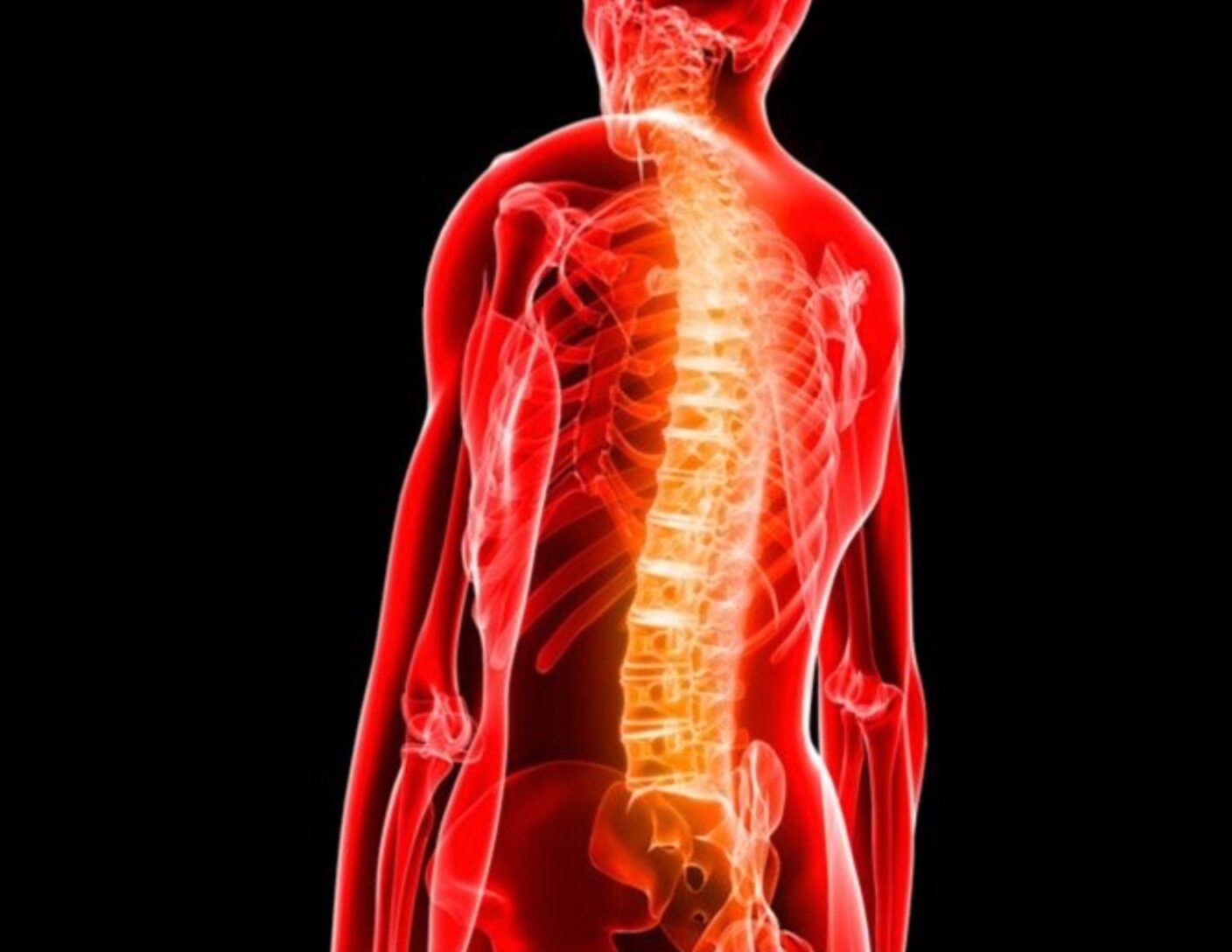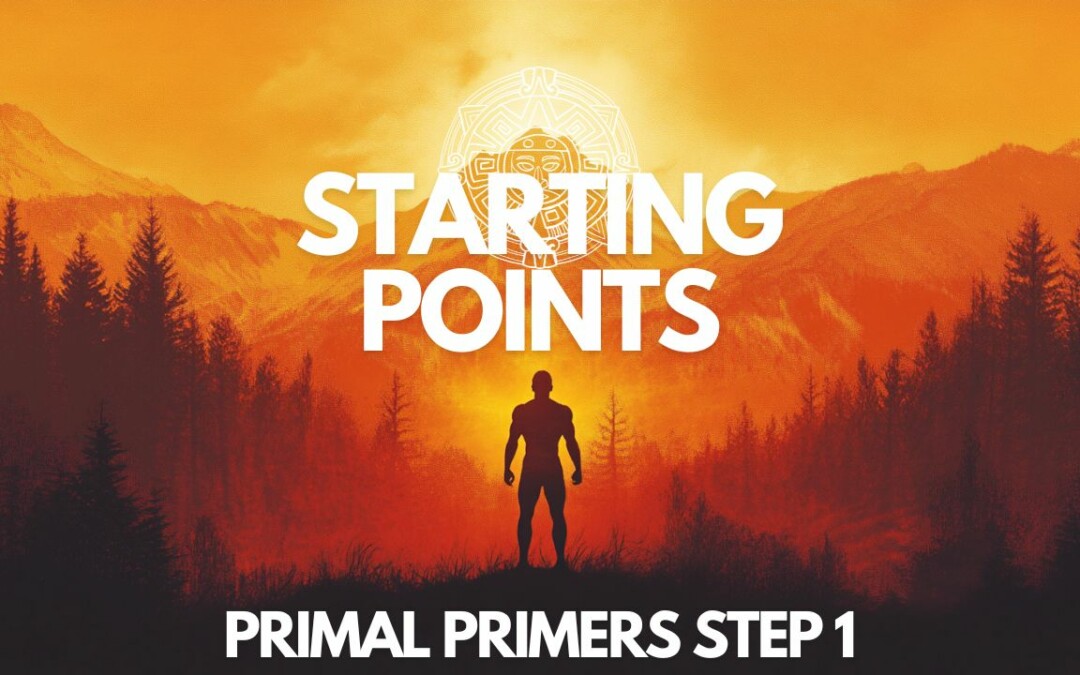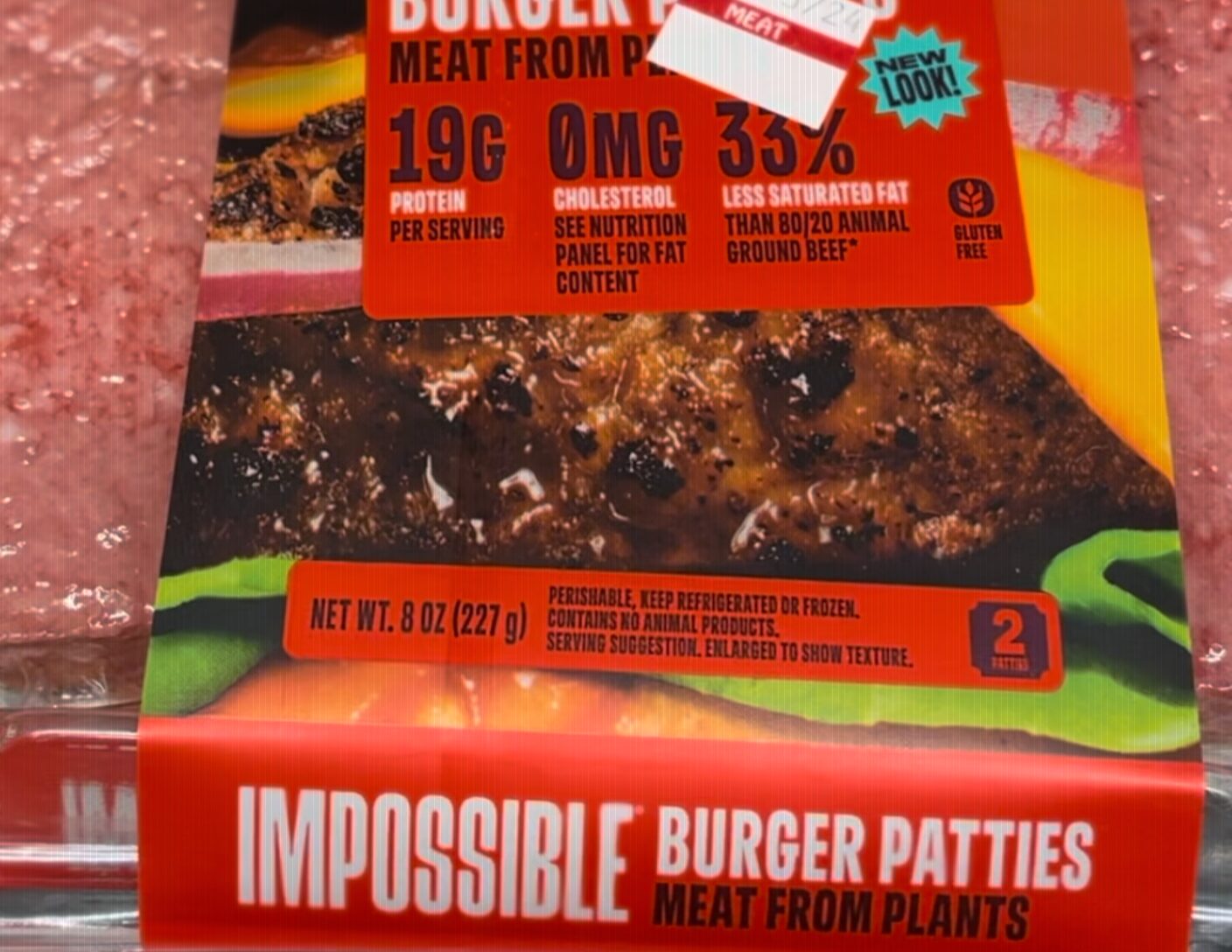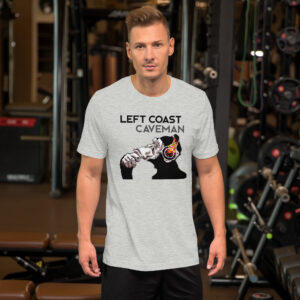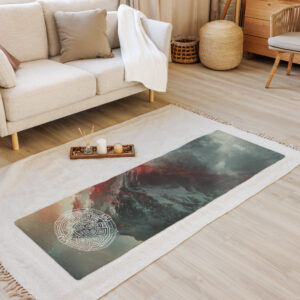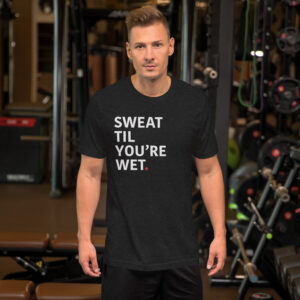Let’s start off with an incendiary claim: Inflammation is good.
Although often confronted with strategies of reducing inflammation with diet, recovery protocols, and supplements, I believe its worth understanding why the body experiences inflammation firstly, and how to approach this naturally evolved mechanism before endorsing the extinguishing of it.
Succinctly defined, Inflammation is a state the body initiates following trauma. This trauma can be productive (from working out and physical challenges) to unproductive (systemic body inflammation or maladaptive force trauma). In both cases, inflammation is a response the body enacts to deliver oxygen and nutrients to affected areas aiding in reconstruction and shuttling out of damaged waste products, and in severe cases acting as cast to limit mobility.
There are loads to unpack for localized chronic inflammation, with many avenues all feeding to the same destination. For now, let’s stick to a more direct version we all experience from active life living. Most often, the responsible impetus for chronic inflammation is repeated activity. Here this overuse from sport or training may lead to cascading effects often unmitigated and leading to injury. Counterintuitively, aggressive (and sometimes recreational) pursuits of fitness precipitate musculature overdevelopment, leading to imbalances, exacerbated by improper adaptations / healing, and eventual inflammation and injury.
At one time or another, we will all experience inflammation. And with a quick google search, or doctor led inquiry, we can be led to the common therapeutic protocol of R.I.C.E. – Rest, Ice, Compression, & Elevation.
Interestingly, R.I.C.E has recently been updated by it’s legendary founder Gabe Mirko who has bravely redacted this research by supporting the converse in recommendation as these once sacrosanct tenets may actually impede the healing process.
That being said, there are times when severe acute injury and pain may require ice and NSAIDs (non steroidal anti-inflammatories drugs) to moderate severe pain. For simplicity, lets outline a protocol and rubric to use in response to overuse, light injury and ensuring inflammation:
Acute 1-3 days
Do not use anti-inflammatory drugs; these products inhibit the release of growth supporting hormones and actions that are critical in the initiation of commencing repair & regeneration of tissue. Use this time to assess options and focus on other muscle groups (even the mind) as your lightly rehab injured components.
Subacute: 3-6 weeks
Primarily train injured areas with slow and deliberate motions that focus on expanding pain free range. During this time scar tissues are being laid for future collagen remodeling. It is critical to prioritize returning to motion as this allows for better scar tissue alignment.
Chronic: 3 months
Chronically experienced pain lingering long after injury can be a indicator of more systemic causes (likely preexisting conditions leading to the singularity of injury).
Posture: Misaligned posture can cause muscle tightness, imbalance & altered joint mechanics. Approach with targeted strengthening of weakened or inhibited muscles. Usually these are found to be opposite of muscles that are being overused (often incorrectly) presenting with overall tightness signals.
Movement: Proper coordination of the mind body during exercises will emphasize prime movers in compound exercises as opposed to auxiliary or secondary smaller muscles. Be mindful of multi-jointed movement’s form; keenly understanding the muscles of focus and how to contract appropriately during action. This will reduce the likelihood of smaller muscles being emphasized and prime movers being cortically inhibited.
Muscle imbalances: All preceding contributors can funnel into feeding the development of muscular imbalances. Understanding how to enact a reversal and returning the movement system to a balance through rehab oriented strength training can reinvigorate the nervous system reengaging inhibited muscles and turning on prime movers. Active stretching with strategic static stretching can aid in returning proper length tension relationships and ranges of motion synergizing to undo the cycle of inflammation and pain.
~Inflammation is a part of adaptation. Once chronic, it’s time to return to basics and reverse engineer the improper foundational constructions that has caused this inflammation prone imbalance. Good Training.
By Hogan, Scott H

